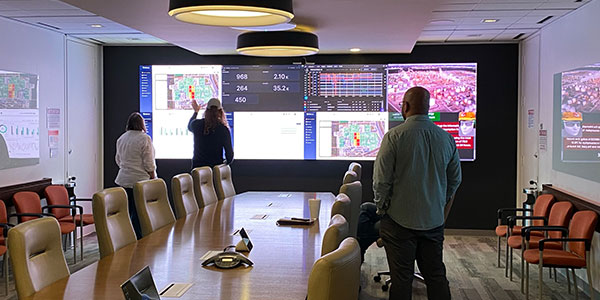
How AV Can Prepare Students for STEM Careers
How AV Can Prepare Students for STEM Careers
Read article

AV over IP or Audio-Visual over Internet Protocol is the transmission and distribution of audio, video and control signals over an IP network infrastructure like WAN or LAN.
When designing an AV over IP system there are some standards to consider ensuring the best possible outcome.
Data Projections provided advanced technology, including interconnected monitors, interactive displays, control panels, and sound integration, contributing to a successful video conference trial victory.

In traditional AV distribution, the audio and video assets are extended, captured and switched to present to various viewing stations. Being that the cabling was a traditional HDMI signal or possibly line audio, the distance barriers could cause a problem, and additional components were needed to ensure the configuration was adequate.
Connected audio and video devices were bound by length in a traditional AV facility, and video processing could be impeded. IP solutions allow for AV transmission over longer distances and can address multiple components with one IP cable.
AV setups have transitioned from transmitters and receivers to encoders and decoders. The video matrix switch of the past is replaced with an IP switch similar to computer connections at an office. The user interface is basically the same. The only difference is the way the AV data is routed.
In AV distribution sources need to be captured, moved, switched and displayed. In the move to AV over IP, AV transmitters become encoders, and AV receivers become decoders. The AV switcher, also known as a video matrix switcher, becomes a standard IP switch.
Advanced processing of AV requires performing modifications in real-time including from one type to another (like DisplayPort to HDMI), scaling (HD to 4K or 4K to HD), as well as compositing. All elements are preserved in AV over IP, although the only difference is that the video and audio moved through a series of boxes, and cables are now routed from circuit-based to packet-based, like computer data networks.
Key components of AV over IP include encoders, decoders, network switches and control systems. The transmission of audio and video with AV over IP gives users the capability to route anything anywhere via the IP network. A properly configured network with attention to security options can support many AV devices. It is a common misconception that AV over IP has security risks, as there are encryption technologies available to address components of the AV system.
There are several advantages to AV over IP in the AV space. AV over IP allows for more flexibility, which can allow the sharing of connected content across different devices and locations. Being that additional network switches can be added to IP networks the scalability of these systems is simple and additional AV endpoints can be added without extensive efforts. The user interface to change sources can be touch or button control panels to digital interfaces on computer-based technologies. Cost effectiveness and the ability to be centrally managed makes the overall ROI to the technical support teams makes the AV over IP solution more valuable.

How AV Can Prepare Students for STEM Careers
Read article

Students Can Experiment Anywhere With Portable Data Loggers
Read article